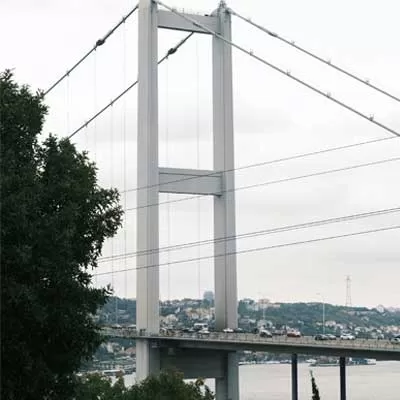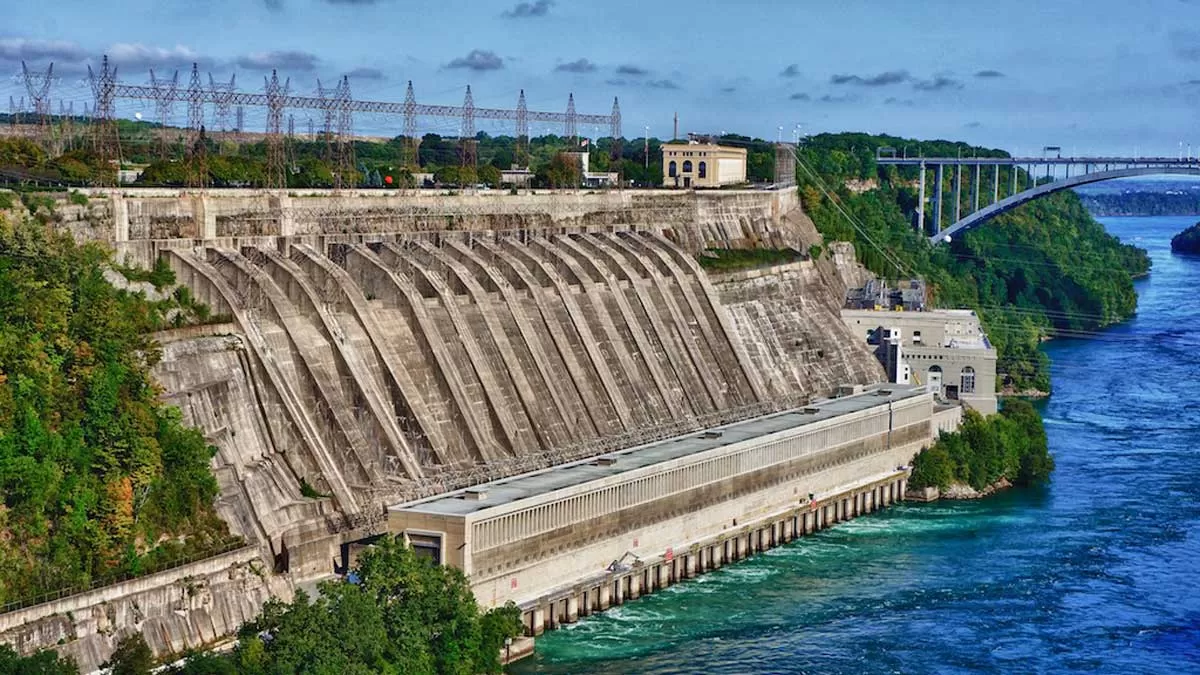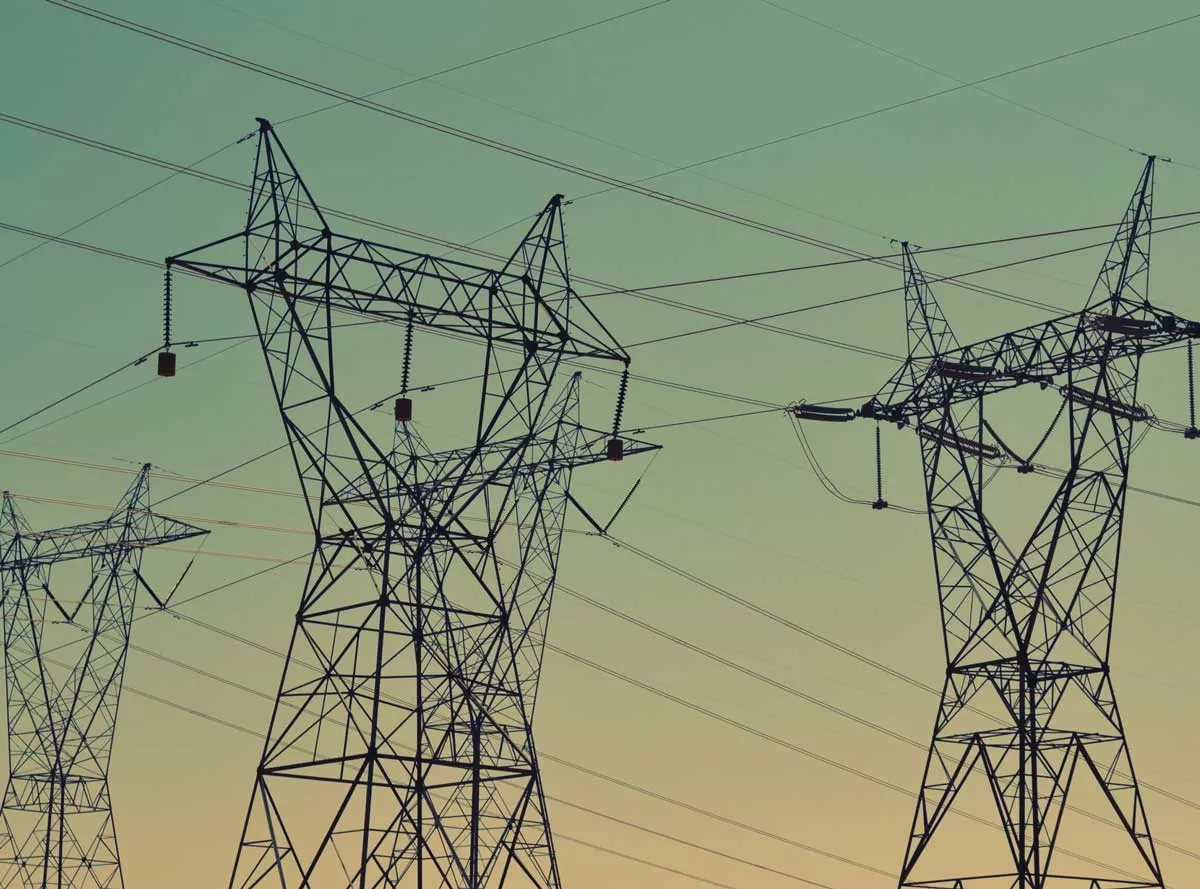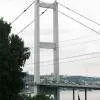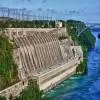COVID-19 crisis is a bolt from the blue. There is no precedent of this particular strain of the Coronavirus, and hence, any projections of its impact can at best be treated as intelligent guesses. Predictive numbers need to be relied upon with great caution. One can only hope to keep a very close watch on how the crisis unfolds and keep tinkering with different actions as facts regarding the virus trajectory, the effectiveness or otherwise of containment efforts, and reactions of various economic actors become clearer. The situation can be categorised as a natural calamity induced crisis which would, as any crisis does, affect both the supply and demand sides of the economy and threaten not only the financial markets but the socio-economic fabric of society.
This is Part-1 of a series of an article written by Kunal Kumar, Joint Secretary & Mission Director (Smart Cities Mission), Ministry of Housing and Urban Affairs, Government of India, on the likely impacts of the Coronavirus on India; the best strategies going forward; and the key focus areas and actions for the short, medium and long terms.
Read more on his article on ‘What’s the best strategy now?’ here
Read more on his article on ‘Key focus areas and actions – Short term’ here
Read more on his article on ‘Key focus areas and actions – Medium term’ here
Read more on his article on ‘Key focus areas and actions – Long term’ here
What the current scenario shows about likely impacts on India?
The pandemic has made a frontal attack on the supply side of the economy. With a nationwide lockdown having been imposed in the country, production, barring few essential services, has come to a grinding halt. This threatens to disrupt supply chains, exaggerate problems in industries which were already exasperating for breath due to an economic slowdown, thus leading to large scale unemployment and layoffs. The decision for lockdown, in crude terms, is essentially being seen as a decision between GDP and lives, though in the longer term the fallouts could be more nuanced. The initial supply shock in consumer goods will grow into multiple dimensions through cascading effects as gradually even supporting industries would cease to be functional.
Once, the supply shock has deepened, the stress on the supply side would spill into the demand side as money would cease to enter people’s wallets due to work-stoppages, layoffs, loss of jobs or even long-term unemployment. An indirect transmission of supply shocks to the economic system may happen through financial markets. As markets fall and households see wealth vanishing rapidly, they will tend to hold on to whatever they have and cut their consumption drastically. COVID-19 would by keeping consumers at home and making them feel gloomy about future prospects, severely dent consumer demand. The Rupee could collapse throwing the economy into a tailspin.
There would be other simultaneous shocks to the economy. Trade would take a brutal hit. Close to $180 billion worth of exports and imports of India are linked to highly affected countries. The most telling impact would be on the casual labour which comprises close to 25 per cent of India’s workforce. They would not only face economic hardships but also a severe social calamity in the form of helplessness, malnutrition, alcoholism and criminality. Some sections of the industry like aviation, travel and tourism and large retail would be worse off than others. Most companies would face severe liquidity crunch, which was already hurting pre-Covid19 and they would not find any immediate succor. This is because close to a quarter of the liquidity deployed in the market through banks is in the segments of industry most affected by the pandemic spread and lockdown. Almost all such industries have seen and will continue to see a severe drop in revenues, and thus, worsen the overall liquidity situation in the country over time.
The country has been put under a nation-wide lockdown from the midnight of March 25, 2020. While social distancing is necessary to prevent rapid spread of the epidemic, there is a huge economic cost which is entailed by the decision. There is no denying the fact that the choice seemed to be between GDP and lives. However, sooner than later, questions regarding rising unemployment, shutting down of businesses, increasing non-performing assets, supply chain disruptions, reduced investments and contracting demand would become serious challenges to deal with. The sooner we reframe the choice from being between GDP and lives to being between lives and lives, the better we would be able to manage the crisis.
